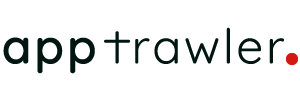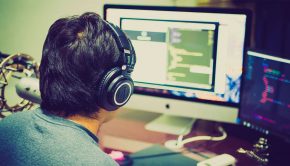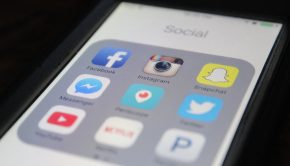These days it seems everyone is jumping onboard the artificial intelligence boat, and sometimes even if it doesn’t make sense. At Nodes we’ve always been proponents for the mantra “only develop an app if there’s a reason for it” – and it seems that the American soft-drink company Coca-Cola has done just that.
Instead of building an app using AI just because it is a popular trend, they started with trying to solve a problem, and ended up with machine learning being the solution. This is in my opinion the correct way to go about developing an app, website or other digital product; identifying the problem, and then offering a solution to it.
TensorFlow is a set of programming tools and scripts developed and maintained by none other than Google. This set of machine learning libraries provides even the most novice developer a head start into the art of machine learning. By providing an API to the brain behind the operation, it’s possible to use simple API requests to fetch neural network computed data based on the input.
Coca-Cola recently published a case study of their latest adventure with ML and TensorFlow. Their rewards program which enabled customers to get virtual points for each verified Coca-Cola product purchase, worked by way of users taking a photo of the purchase code, which their app would then read and attribute as a sale.
However, the previous technique of OCR (optical character recognition) which is the old way of computers recognizing words and numbers from an image was not up to the task of correctly reading the varying quality of the purchase code from a number of different caps, bottles and print material that the many different products shipped with.
Instead, they took to using TensorFlow’s image recognition software, and decided to incorporate user corrections into their main training data.
The result was a success, and it works like this:

- The customer takes an image with their phone of their barcode
- The app runs the machine learning algorithms, and recognizes each character in the product code automatically.
- Once done with analyzing, the scanned barcode is shown to the user, and if the app is not sure the user can correct each letter individually.
- If a user updates an incorrect character, then that data is sent back to Coca-Cola and the new answers are integrated into their main training data – thus each submission improves the overall app.
And this last part is key in implementing an ML application that will run for years. Especially with today’s extremely fast-paced change of tech stacks, terms and programming languages it’s important to build in some sort of future-proofing. And what better way to improve an app, than by having the users do all the hard work?



No Comment! Be the first one.